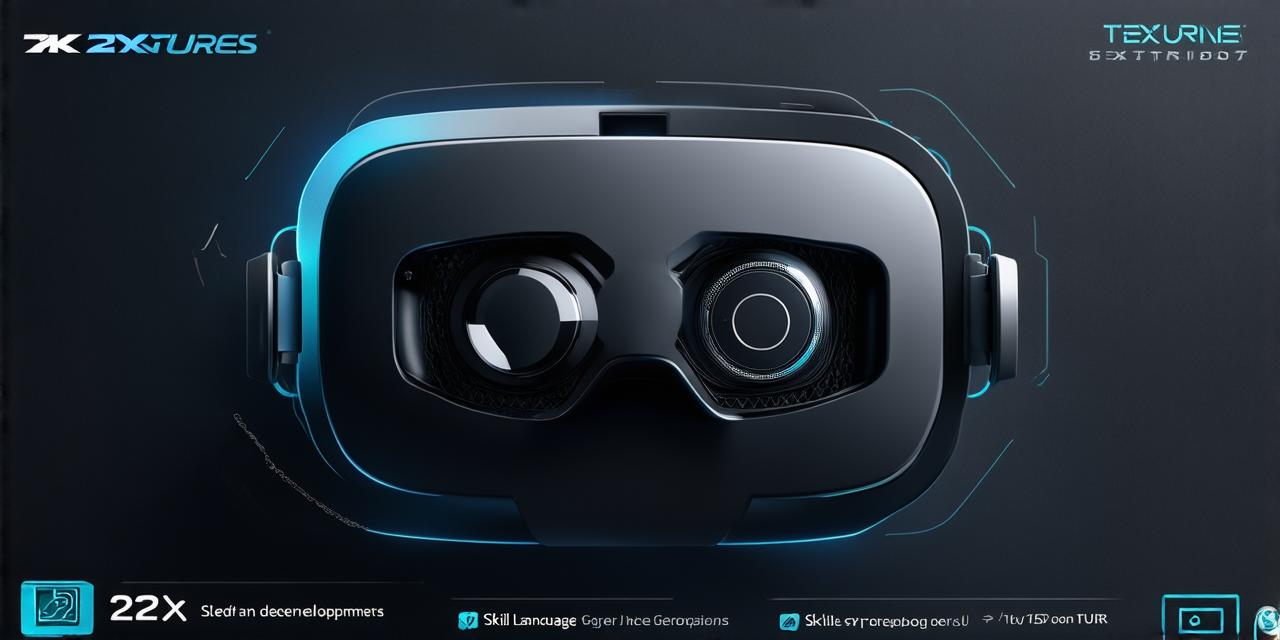Virtual reality (VR) development has gained significant traction in recent years, with the technology becoming more accessible and affordable.
Many individuals and organizations are considering learning VR development to create immersive and interactive experiences. However, before diving into this exciting field, it’s important to understand the time frame required for learning VR development.
Factors Impacting Time Frame for Learning VR Development
1. Prior Experience
Prior experience in programming or software development can significantly speed up the learning process for VR development. Understanding coding concepts and syntax, such as loops and functions, will make it easier to grasp the more complex aspects of VR development, such as creating interactive objects and environments.
2. Learning Style
Everyone learns differently, with some people preferring hands-on experience and others opting for theoretical instruction. It’s important to determine your preferred learning style, as this can impact the amount of time it takes to become proficient in VR development. Hands-on learners may require more practice and experimentation, while those who prefer theory may benefit from taking courses or tutorials.
3. Time Commitment
The amount of time required for learning VR development will depend on the time commitment you are willing to make. If you have a full-time job or other commitments, it may take longer to become proficient in VR development. However, if you can dedicate a significant amount of time each day, you may be able to learn more quickly.
4. Learning Resources
There are many resources available for learning VR development, including online courses, tutorials, and communities. Some resources may be free, while others require payment. It’s important to determine which resources will work best for your learning style and budget.
Tips for Accelerating Your Learning Journey
1. Practice, Practice, Practice
The more you practice VR development, the faster you will become proficient in the field. Start with basic concepts and gradually move on to more complex projects. You can use online platforms or tools to create your own VR experiences, or participate in open-source projects to contribute to the community.
2. Seek Feedback
Seeking feedback from others, such as experienced VR developers or mentors, can help you identify areas where you need to improve and accelerate your learning journey. You can join online communities or forums to connect with other learners and seek advice.
3. Collaborate with Others
Collaborating with others who are also learning VR development can be a great way to share knowledge and resources. You can work on projects together, exchange ideas, and provide constructive feedback.
4. Stay Up-to-Date
The field of VR development is constantly evolving, with new technologies and tools emerging all the time. It’s important to stay up-to-date with the latest developments in the industry to remain competitive and continue learning.
Conclusion
Learning VR development can take anywhere from a few weeks to several months or years, depending on various factors such as prior experience, learning style, time commitment, and access to resources. However, by practicing regularly, seeking feedback, collaborating with others, and staying up-to-date with the latest developments in the industry, you can accelerate your learning journey and become proficient in VR development more quickly.
